Top 10 Deep Learning Algorithms in Machine Learning [2025]
ProjectPro
JUNE 6, 2025
All thanks to deep learning - the incredibly intimidating area of data science. This new domain of deep learning methods is inspired by the functioning of neural networks in the human brain. Table of Contents Why Deep Learning Algorithms over Traditional Machine Learning Algorithms?


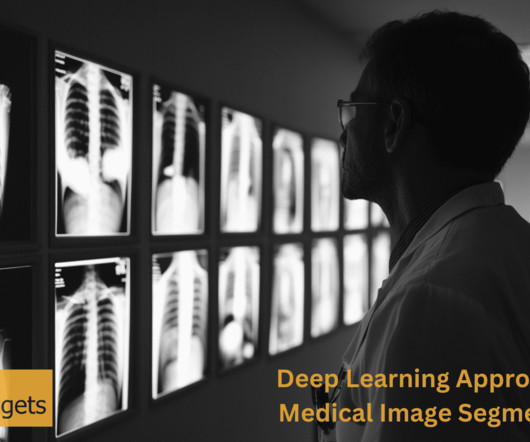












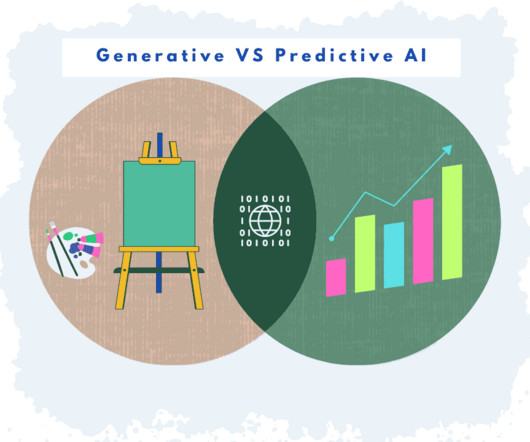





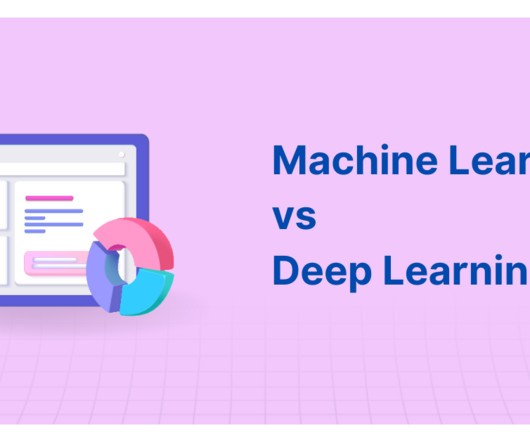




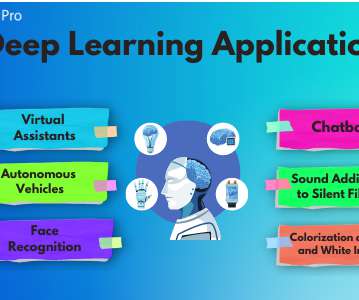




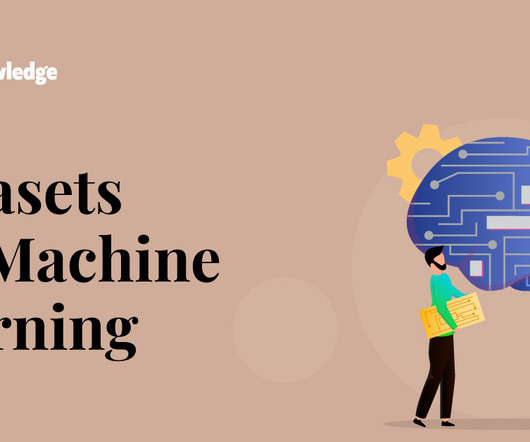
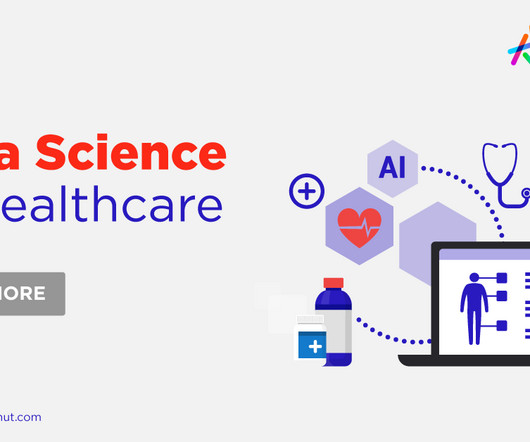
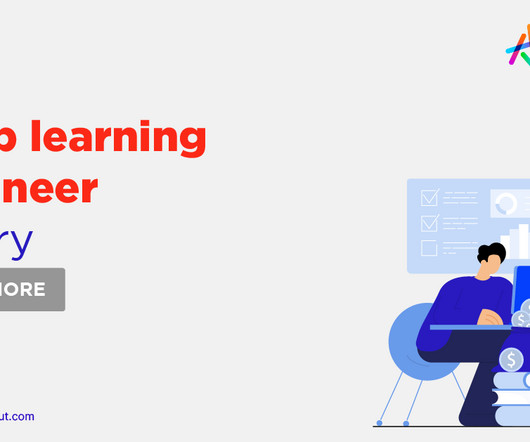









Let's personalize your content